#Biodiversity
Text
Here, have a spark of hope.
The reality is that no single person can fix the entirety of the current ecological imbalance that has been literally centuries in the making at this point. Yet there are so, so many of us who care, and who are doing what we can to make a difference in whatever every day to day ways we're able. I often think of conservation efforts like the Loren Eiseley story "The Star Thrower" (aka, "the starfish story"). Amid a beach full of stranded starfish, one person cannot possibly save them all, but they can spend what time they have saving those they're able.
And this study shows that these efforts do, in fact, make a difference, not just for starfish but a myriad of species. This meta-analysis of almost 200 studies definitively proves that conservation preserves and restores biodiversity, keeping more species from going extinct. It's all too easy to get entangled in the losses, but we even more need to allow ourselves to celebrate the wins.
That success is crucial to convincing governmental entities and other stakeholders that putting funds toward conservation efforts makes a significant difference and is not only worth the investment, but worth increasing. And, on a personal level, it's necessary for those of us who care so deeply for this world to know when our efforts are having an impact, to buoy us up when the anxiety and grief over ecological destruction wears us down.
There is hope. Keep it up, folks; it's helping <3
#conservation#environment#environmentalism#extinction#endangered species#animals#wildlife#biodiversity#nature#science#scicomm#hope#solarpunk#hopepunk#hopecore#hopeposting#optimism#ecology#habitat restoration#restoration ecology
326 notes
·
View notes
Photo

🦏 Naaukeurige en uitvoerige beschryving van kaap de Goede Hoop;. Amsterdam: By B. Lakeman, 1727.
102 notes
·
View notes
Text
#ddl/lg#scrambler#cat noir#us movie#the mentalist#gruvia#biodiversity#miguel o’hara x reader#fenris#alexa chung#eddie redmayne#roblox#free use kink#mountains#frasi canzoni
126 notes
·
View notes
Text
#alternative#albert wesker#danny phantom#us movie#the mentalist#biodiversity#fenris#eddie redmayne#roblox#sanrio
122 notes
·
View notes
Text


Excerpt from this story from Rewild.org:
A new study published online today, April 25, in the scientific journal Science provides the strongest evidence to date that not only is nature conservation successful, but that scaling conservation interventions up would be transformational for halting and reversing biodiversity loss—a crisis that can lead to ecosystem collapses and a planet less able to support life—and reducing the effects of climate change.
The findings of this first-ever comprehensive meta-analysis of the impact of conservation action are crucial as more than 44,000 species are documented as being at risk of extinction, with tremendous consequences for the ecosystems that stabilize the climate and that provide billions of people around the world with clean water, livelihoods, homes, and cultural preservation, among other ecosystem services. Governments recently adopted new global targets to halt and reverse biodiversity loss, making it even more critical to understand whether conservation interventions are working.
“If you look only at the trend of species declines, it would be easy to think that we’re failing to protect biodiversity, but you would not be looking at the full picture,” said Penny Langhammer, lead author of the study and executive vice president of Re:wild. “What we show with this paper is that conservation is, in fact, working to halt and reverse biodiversity loss. It is clear that conservation must be prioritized and receive significant additional resources and political support globally, while we simultaneously address the systemic drivers of biodiversity loss, such as unsustainable consumption and production.”
Although many studies look at individual conservation projects and interventions and their impact compared with no action taken, these papers have never been pulled into a single analysis to see how and whether conservation action is working overall. The co-authors conducted the first-ever meta-analysis of 186 studies, including 665 trials, that looked at the impact of a wide range of conservation interventions globally, and over time, compared to what would have happened without those interventions. The studies covered over a century of conservation action and evaluated actions targeting different levels of biodiversity—species, ecosystems and genetic diversity.
The meta-analysis found that conservation actions—including the establishment and management of protected areas, the eradication and control of invasive species, the sustainable management of ecosystems, habitat loss reduction and restoration—improved the state of biodiversity or slowed its decline in the majority of cases (66%) compared with no action taken at all. And when conservation interventions work, the paper’s co-authors found that they are highly effective.
15 notes
·
View notes
Text
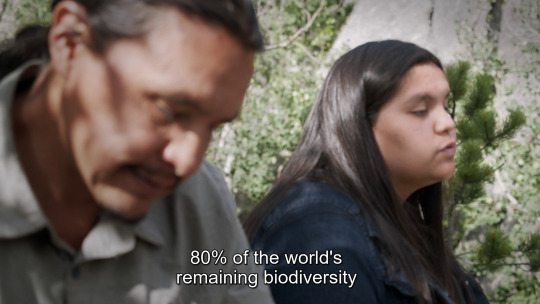


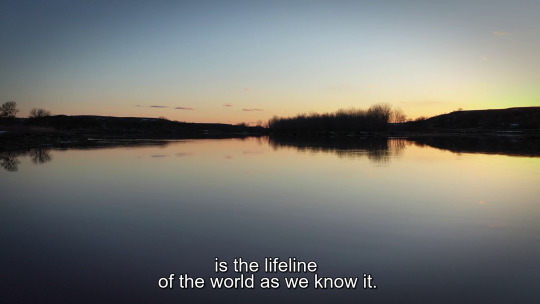
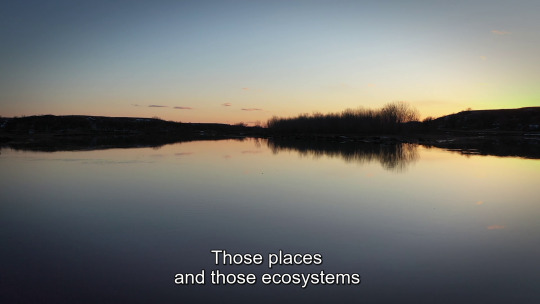
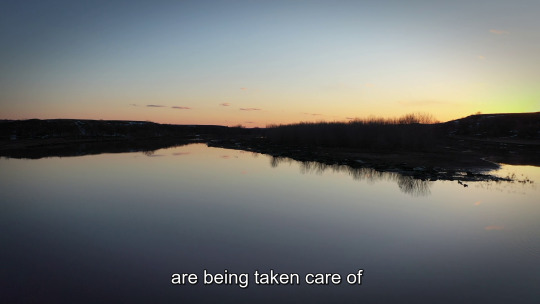








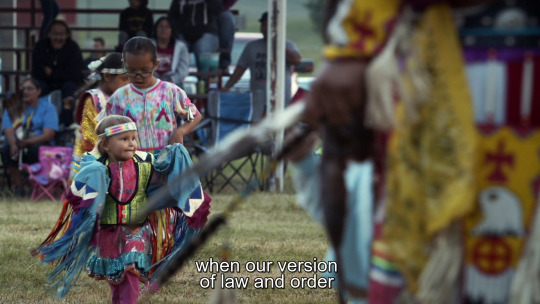

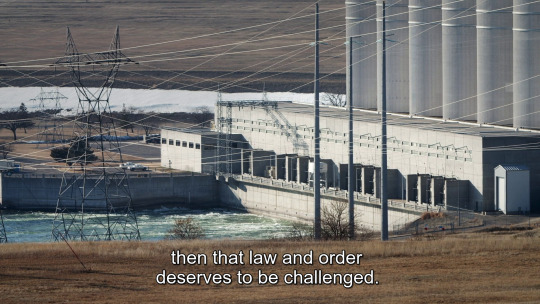
Chase Iron Eyes & Tokata Iron Eyes in Oyate (2022)
#native american#oglala lakota#dapl#indigineous people#indigenous#tokata iron eyes#chase iron eyes#biodiversity#dakota access pipeline
29K notes
·
View notes
Text
"With “green corridors” that mimic the natural forest, the Colombian city is driving down temperatures — and could become five degrees cooler over the next few decades.
In the face of a rapidly heating planet, the City of Eternal Spring — nicknamed so thanks to its year-round temperate climate — has found a way to keep its cool.
Previously, Medellín had undergone years of rapid urban expansion, which led to a severe urban heat island effect — raising temperatures in the city to significantly higher than in the surrounding suburban and rural areas. Roads and other concrete infrastructure absorb and maintain the sun’s heat for much longer than green infrastructure.
“Medellín grew at the expense of green spaces and vegetation,” says Pilar Vargas, a forest engineer working for City Hall. “We built and built and built. There wasn’t a lot of thought about the impact on the climate. It became obvious that had to change.”
Efforts began in 2016 under Medellín’s then mayor, Federico Gutiérrez (who, after completing one term in 2019, was re-elected at the end of 2023). The city launched a new approach to its urban development — one that focused on people and plants.
The $16.3 million initiative led to the creation of 30 Green Corridors along the city’s roads and waterways, improving or producing more than 70 hectares of green space, which includes 20 kilometers of shaded routes with cycle lanes and pedestrian paths.
These plant and tree-filled spaces — which connect all sorts of green areas such as the curb strips, squares, parks, vertical gardens, sidewalks, and even some of the seven hills that surround the city — produce fresh, cooling air in the face of urban heat. The corridors are also designed to mimic a natural forest with levels of low, medium and high plants, including native and tropical plants, bamboo grasses and palm trees.
Heat-trapping infrastructure like metro stations and bridges has also been greened as part of the project and government buildings have been adorned with green roofs and vertical gardens to beat the heat. The first of those was installed at Medellín’s City Hall, where nearly 100,000 plants and 12 species span the 1,810 square meter surface.
“It’s like urban acupuncture,” says Paula Zapata, advisor for Medellín at C40 Cities, a global network of about 100 of the world’s leading mayors. “The city is making these small interventions that together act to make a big impact.”
At the launch of the project, 120,000 individual plants and 12,500 trees were added to roads and parks across the city. By 2021, the figure had reached 2.5 million plants and 880,000 trees. Each has been carefully chosen to maximize their impact.
“The technical team thought a lot about the species used. They selected endemic ones that have a functional use,” explains Zapata.
The 72 species of plants and trees selected provide food for wildlife, help biodiversity to spread and fight air pollution. A study, for example, identified Mangifera indica as the best among six plant species found in Medellín at absorbing PM2.5 pollution — particulate matter that can cause asthma, bronchitis and heart disease — and surviving in polluted areas due to its “biochemical and biological mechanisms.”
And the urban planting continues to this day.
The groundwork is carried out by 150 citizen-gardeners like Pineda, who come from disadvantaged and minority backgrounds, with the support of 15 specialized forest engineers. Pineda is now the leader of a team of seven other gardeners who attend to corridors all across the city, shifting depending on the current priorities...
“I’m completely in favor of the corridors,” says [Victoria Perez, another citizen-gardener], who grew up in a poor suburb in the city of 2.5 million people. “It really improves the quality of life here.”
Wilmar Jesus, a 48-year-old Afro-Colombian farmer on his first day of the job, is pleased about the project’s possibilities for his own future. “I want to learn more and become better,” he says. “This gives me the opportunity to advance myself.”
The project’s wider impacts are like a breath of fresh air. Medellín’s temperatures fell by 2°C in the first three years of the program, and officials expect a further decrease of 4 to 5C over the next few decades, even taking into account climate change. In turn, City Hall says this will minimize the need for energy-intensive air conditioning...
In addition, the project has had a significant impact on air pollution. Between 2016 and 2019, the level of PM2.5 fell significantly, and in turn the city’s morbidity rate from acute respiratory infections decreased from 159.8 to 95.3 per 1,000 people [Note: That means the city's rate of people getting sick with lung/throat/respiratory infections.]
There’s also been a 34.6 percent rise in cycling in the city, likely due to the new bike paths built for the project, and biodiversity studies show that wildlife is coming back — one sample of five Green Corridors identified 30 different species of butterfly.
Other cities are already taking note. Bogotá and Barranquilla have adopted similar plans, among other Colombian cities, and last year São Paulo, Brazil, the largest city in South America, began expanding its corridors after launching them in 2022.
“For sure, Green Corridors could work in many other places,” says Zapata."
-via Reasons to Be Cheerful, March 4, 2024
#colombia#brazil#urban#urban landscape#urban planning#cities#civil engineering#green architecture#green spaces#urban heat#urban heat island effect#weather#meteorology#global warming#climate change#climate hope#climate optimism#climate emergency#climate action#environment#environmental news#city architecture#bicycling#native plants#biodiversity#good news#hope#solarpunk#ecopunk#hopepunk
12K notes
·
View notes
Text
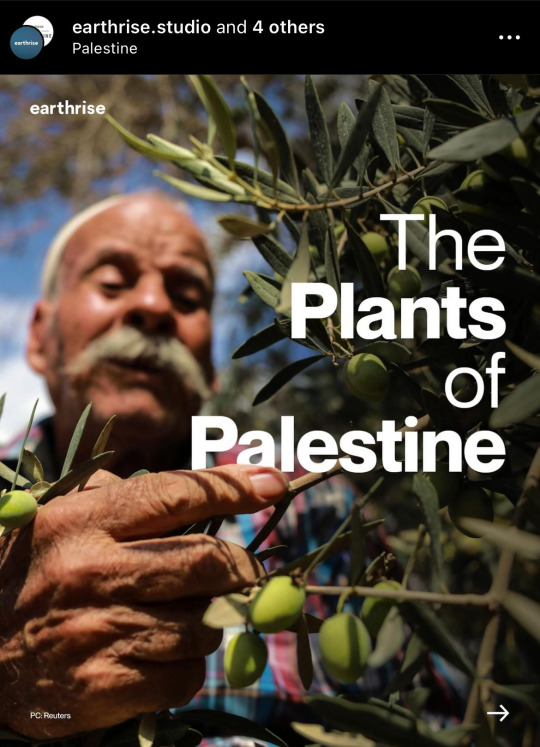



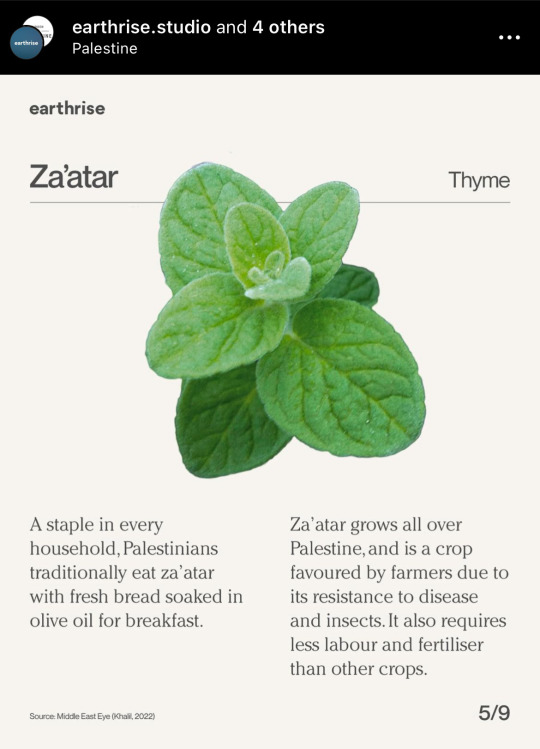
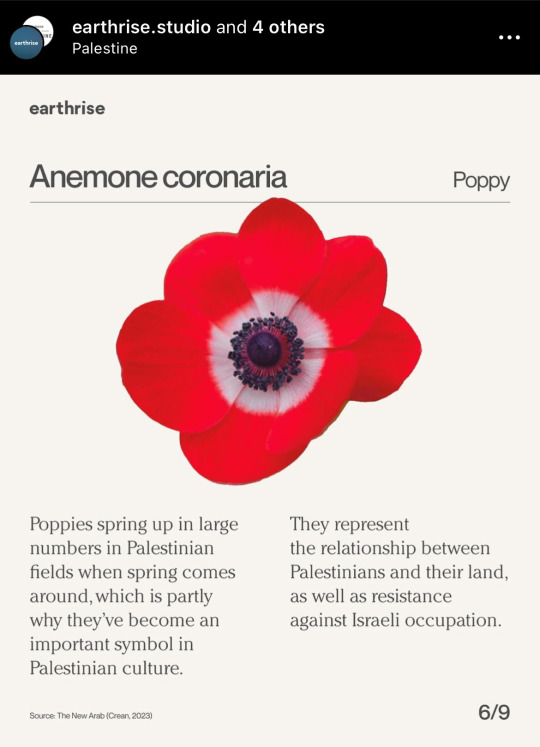

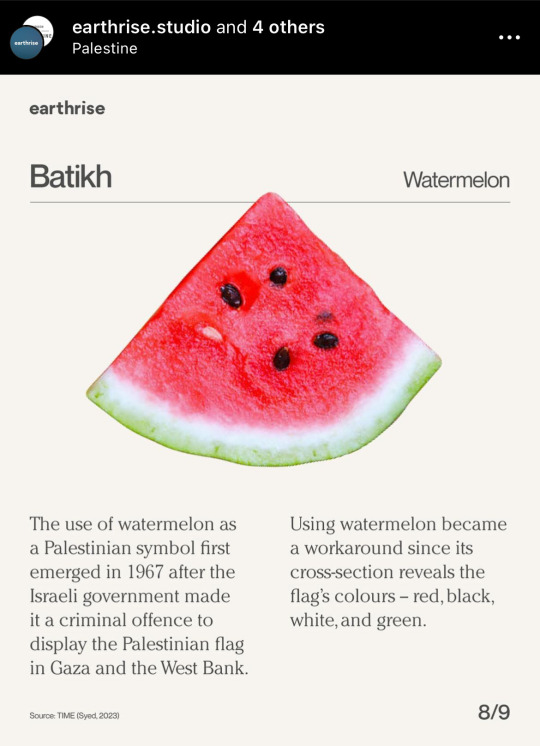

#free palestine#palestine#plants#biodiversity#environment#intersectional environmentalism#gaza#west bank#indigenous#resistance
11K notes
·
View notes
Text
Yo this rules and is genuinely uplifting
16K notes
·
View notes
Text
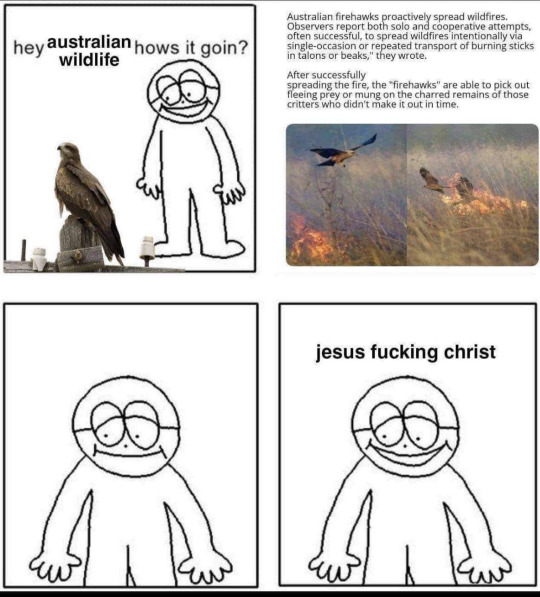
#green memes for ecological fiends#zoology#ecology#bird#hawks#environmental science#biodiversity#conservation biology#conservation#wildlife
28K notes
·
View notes
Photo

🐮 Poissons, ecrevisses et crabes, de diverses couleurs et figures extraordinaires,. A Amsterdam, Chez Reinier & Josué Ottens, 1754.
35 notes
·
View notes
Text



European wryneck (Jynx torquilla) got its name from the behaviour of its youngs. They nest in tree-holes and when a predator tries to come near the babies move their head to mimic a snake. They also ruffle their head-feathers to push further the snake impersonation !
This mimicry added to their bark-like feathers makes them one of the most weird impressive bird I saw during my internship !
4K notes
·
View notes
Text


Butterfly Repopulation Station in Portland
Free seeds, information and also a patch of milkweed for Monarch Butterflies
11K notes
·
View notes
Text
scene from a wooden handrail in Singapore:
a psychid moth caterpillar trundles along in its mobile home stitched together from debris and silk. it’s stopped by a Hospitalitermes nasute-caste termite who pauses its patrol to investigate the strange fuzzy cone. after the soldier finds no threat, the little bagworm resumes its wandering
7K notes
·
View notes
Photo

Planting wildflowers along highways is not only a visually stunning choice but also a more sustainable and eco-friendly alternative to traditional grass. Wildflowers bring a burst of vibrant colors, attracting pollinators like bees and butterflies, contributing to the overall health of local ecosystems. This natural beauty creates a more pleasing environment for travelers and can even boost tourism as wildflower displays become a spectacle. Moreover, wildflowers require minimal maintenance, unlike grass, which needs constant mowing and upkeep, saving time, resources, and money in the long run.
#Wildflowers#HighwayBlossoms#EcoFriendlyLandscaping#PollinatorHabitat#SustainableRoadsides#BeeFriendlyFlowers#ScenicHighways#EnvironmentalConservation#NaturalBeauty#GreenHighways#RoadsideWildflowers#LowMaintenanceLandscaping#EcoTourism#SustainableTransportation#BeesAndButterflies#NativeFlora#Biodiversity#RoadsideWildlife#WildflowerMeadow#GrassVsWildflowers#TravelWithNature#HighwayLandscapes#MowingAlternative#RoadsideBlooms#SaveOurBees#HighwayGreenery
4K notes
·
View notes
Text
Giant Siphonophores really out here doing the most, and somehow also the least
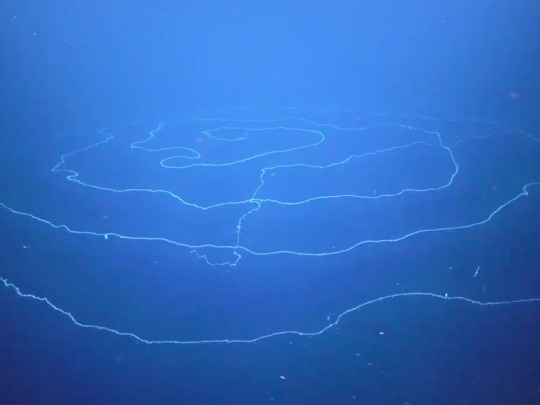
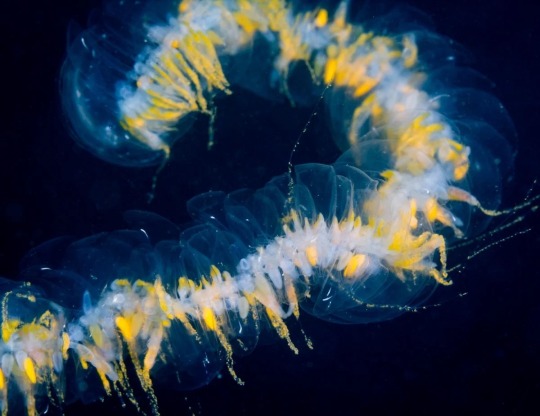


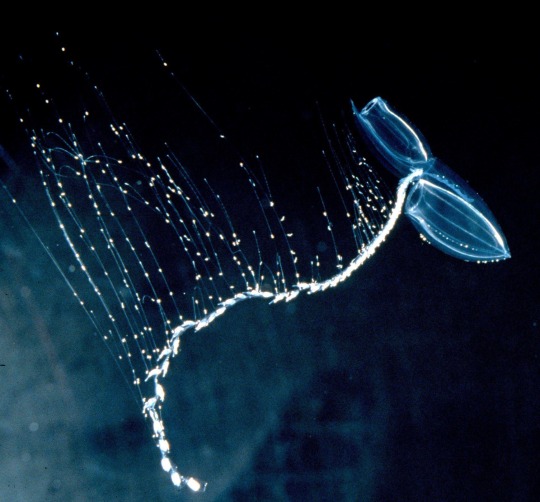

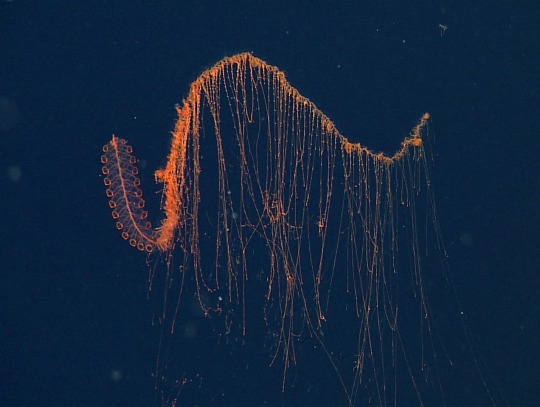


Love to sea it
#ocean#deep sea#benthic#hydrozoa#these are my friends#cnidarians#siphonophores#siphonophore#marine biodiversity#marine biology#biodiversity#biology#creature#marine life#marine science#sea life#fish#creatures#source: internet#love to sea it
22K notes
·
View notes